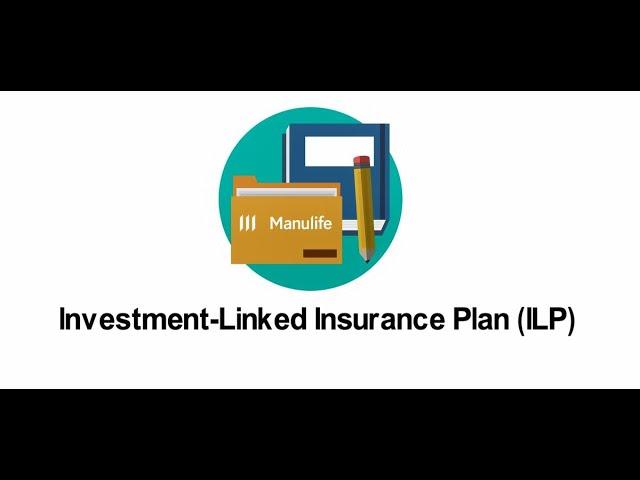In the complex landscape of financial planning, life insurance policies with investment components, often referred to as investment-linked insurance plans (ILPs), have garnered significant attention. These hybrid products promise the dual benefits of life coverage and investment growth, appealing to individuals seeking a multifaceted approach to securing their financial future. However, the inherent risks associated with these plans have sparked a debate among financial experts and consumers alike. This article delves into the intricacies of life insurance plans with investment components, evaluating their potential benefits and pitfalls. By analyzing market trends, risk factors, and expert opinions, we aim to provide a balanced perspective on whether these financial instruments are too risky for the average investor, or if they hold the promise of a sound financial strategy.
Understanding Life Insurance with Investment Components
Life insurance policies that incorporate investment elements, often referred to as unit-linked insurance plans (ULIPs) or variable life insurance, blend the protective features of traditional life insurance with the potential for wealth accumulation through market-linked investments. These hybrid plans offer policyholders the dual benefit of insurance coverage and investment growth, making them an attractive option for those looking to diversify their financial portfolios. However, it’s essential to understand that the investment component is subject to market risks, which can affect the overall returns.
When considering such plans, several factors should be evaluated to determine if they align with your financial goals and risk tolerance:
- Market Volatility: The investment portion is exposed to market fluctuations, which can lead to unpredictable returns. It’s crucial to assess whether you are comfortable with this level of risk.
- Cost Structure: These plans often come with higher fees, including management and administrative charges, which can impact the net returns on your investment.
- Investment Flexibility: Many of these policies allow you to switch between different funds, offering some level of control over your investment strategy.
- Long-term Commitment: They typically require a long-term commitment, as early withdrawal can lead to penalties and reduced benefits.

Evaluating the Risk Factors of Investment-Linked Insurance Plans
When dissecting the potential pitfalls of investment-linked insurance plans (ILPs), it’s crucial to recognize several key risk factors that investors might encounter. These plans inherently blend the elements of insurance and investment, which means the policy’s value is subject to market fluctuations. As such, policyholders bear the investment risk, which can lead to a situation where the value of the investment portion decreases, potentially impacting the overall coverage and benefits.
Several risk factors demand careful consideration:
- Market Volatility: ILPs are exposed to market risks. Economic downturns or unfavorable market conditions can lead to reduced returns, affecting the policy’s value.
- Management Fees: The combination of insurance and investment often incurs higher fees compared to traditional life insurance plans. These fees can erode investment returns over time.
- Complexity: Understanding the dual nature of these plans requires a level of financial literacy. The complexity can lead to misinterpretation of potential risks and rewards.
- Investment Choices: The performance of ILPs is largely dependent on the investment funds selected. Poor fund choices can result in suboptimal returns, impacting the policy’s effectiveness.
These factors highlight the importance of conducting thorough research and consulting with financial advisors to assess whether the potential benefits align with your financial goals and risk tolerance.

Balancing Risk and Reward in Life Insurance Investments
When considering life insurance plans with investment components, it’s crucial to evaluate both the potential benefits and inherent risks. These hybrid policies, often known as unit-linked insurance plans (ULIPs) or variable life insurance, offer the dual advantage of life coverage and investment opportunities. While they promise potential returns, market volatility can significantly impact the investment component. Unlike traditional life insurance policies, these plans expose policyholders to the ups and downs of the financial markets, making them susceptible to fluctuations in returns.
Investors should carefully assess their risk tolerance and financial goals before diving into such products. Some key factors to consider include:
- Investment Horizon: Longer investment durations might mitigate risks due to market fluctuations.
- Fund Choices: Many plans offer a variety of funds with different risk levels; choose based on your comfort with risk.
- Cost Structure: Be aware of fees and charges that can affect overall returns.
- Financial Goals: Align the policy with your long-term financial objectives rather than short-term market trends.
Understanding these elements can help in making an informed decision, balancing the delicate act of risk and reward in life insurance investments.

Expert Recommendations for Choosing Safe Investment-Linked Policies
When selecting investment-linked insurance policies, it’s essential to consider several expert-backed strategies to ensure your financial safety and growth. Begin by evaluating the financial stability and reputation of the insurance provider. Companies with a strong track record and high ratings from independent financial agencies are generally more reliable. Additionally, understanding the policy’s underlying investment options is crucial. Look for plans that offer a diversified portfolio, as diversification can help mitigate risks.
- Assess your risk tolerance: Align the policy’s investment component with your personal risk appetite.
- Examine the fees and charges: Be aware of any hidden costs that may impact your returns.
- Review policy terms: Ensure you understand the policy’s terms, including any potential penalties for early withdrawal or changes.
Consulting with a certified financial advisor can also provide valuable insights tailored to your unique financial situation. An advisor can help you balance your insurance needs with investment goals, ensuring you make informed decisions that support your long-term financial security.

